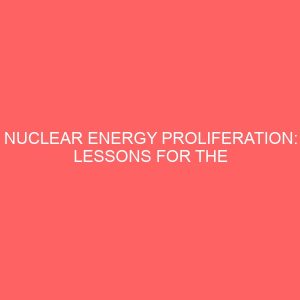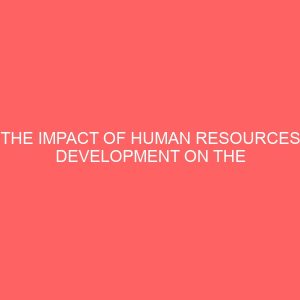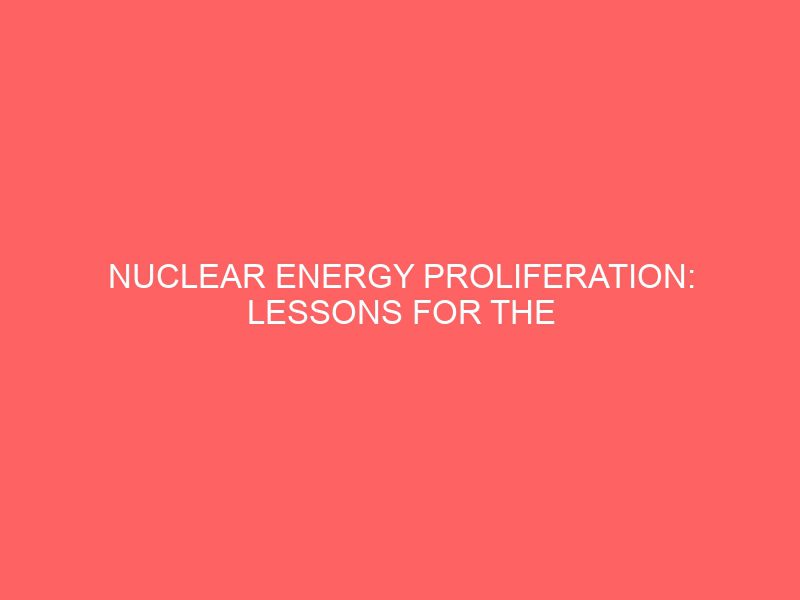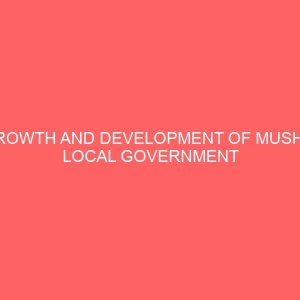Description
TABLE OF CONTENTS PAGES
Title Page. ………………………………………………………………………ii
Certification. …………………………………………………………………..iii
Dedication. …………………………………………………………………….iv
Acknowledgments. ……………………………………………………………v
Table of Contents …………………………………………………………….vi
Abstract …………………………………………………………………………1
CHAPTER ONE:
INTRODUCTION.
1.1 Background to the Study. ……………………………………………2
1.2 Statement of Problem. ………………………………………………..4
1.3 Purpose of Study. ………………………………………………………5
1.4 Significance of Study. …………………………………………………6
1.5 Scope and Limitations of Study. ……………………………………7
1.6 Method, Sources and Organization of Study. ……………………7
1.7 Theoretical Framework. ………………………………………………9
1.8 Literature Review. …………………………………………………….10
End Notes. ………………………………………………………………22
6
CHAPTER TWO:
DEVELOPMENT OF NUCLEAR ENERGY.
2.1 Modern Nuclear Technology. ……………………………………….26
2.2 Early Trait of Nuclear Technology. ………………………………..27
2.3 The Uses of Nuclear Energy. …………………………………………31
2.4 The Spread of Nuclear Energy. ……………………………………….37 End Notes. …………………………………………………..…………..39
CHAPTER THREE:
NUCLEAR ENERGY AND ITS PROLIFERATION
3.1 The Nuclear Powers and Nuclear Energy Proliferation. ………..41
3.2 Military Imbalance between the Developed and
the Developing Nations. ……………………………………………….46
3.3 Threat of Nuclear Proliferation to World Peace. ………………….50
End Notes. ……………………………………..………………………..54
CHAPTER FOUR:
NUCLEAR CONTROL.
4.1
The International Atomic Energy Agency (I.A.E.A) ……………..57
4.2
The Politics of Nuclear Non-Proliferation Treaty (NPT) ………….60
4.3
The Position of Third World Nations. ………………………………63
7
4.4 Lessons of Nuclear Energy Proliferation
for the Third World countries. ………………………………………65
End Notes. ………………………………………………………………68
CHAPTER FIVE:
RECOMMENDATIONS AND CONCLUSION.
5.1 Recommendations. ……………………………………………………71
5.2 Conclusion
……………………………………………… ……………..72
Bibliography.
………………………………………………………………….73
8
Abstract
The proliferation of nuclear energy is a phenomenon of the 21st
century and apparently, the most pernicious issue in modern international relations. As nations jostle for atomic devices, the international system is threatened by the fear of nuclear holocaust. Therefore, the need to underscore the relationship between the “nuclear haves” and the “nuclear have nots”, becomes imperative. Moreover, the nuclear proliferation saga is overblown and the general public is ill-informed of the intricacies of nuclear politics as well as the games nations play in this regard. This study is poised to unravel and highlight these issues in consonance with the realities of the international system in the 21st century and draw attention to the implications of this phenomenon to the Third World countries of the world.
9
CHAPTER ONE
INTRODUCTION
1.1 Background to the Study
Besides the many discoveries of Science and technology in the 20th
Century, nuclear energy seems to be one of the few inventions which have more direct impact on people’s lives and the society at large. The innovation is profitable in several civilian uses. It is the safest, cleanest, cheapest and most efficient energy source, but the danger lies in its use for the manufacture of bombs and other destructive weapons.
Ironically, some nations acquire nuclear energy for military advantage in an uncertain international system. Thus, as governments seek to survive as viable entities in the conflict prone International system, the desperate bid for nuclear energy becomes inevitable. However, the military, as one of the major determinants of national power, is only a reflection of other components of a
state’s existence.1
In spite of measures taken by the international community to forestall the development and the diffusion of weapons of mass destruction, nuclear energy proliferation has become the hallmark of global discourse since the end of Second World War. It is widely accepted that the United States bombardment of the Japanese cities of Hiroshima and Nagasaki in August, 1945, ushered in the
most destructive epoch in the development of nuclear technology in the globe.2
However, the ideological rift between the United States and the Union of Soviet
10
Socialist Republics (U.S.S.R.) exacerbated the proliferation of nuclear devices. Five powers, namely, the United States, Russia, Britain, France and China are considered to be the major “nuclear haves’. Nonetheless, the new generation of nuclear powers, known as the “Phantom Proliferators”, adds a new phase to the spread of nuclear energy around the world. The “phantom proliferators” include India, Pakistan, North Korea, Iran and to a lesser degree, Argentina and Brazil. In all, over 31 nations have acquired nuclear reactors in the world.
The dynamics of global politics has left the international system in a dilemma, arising from the antics of the “nuclear haves” and the “nuclear have nots”. Traditionally, the most advanced nations are referred to as the “nuclear haves”, while the Third World nations represent the “nuclear have nots”. The nuclear tests by India, Pakistan and North Korea are strong indications that some Third World nations have already acquired the capacity for Uranium
enrichment and could be close to having a bomb in the basement.







